„html
Why is Windows 11 Adoption So Slow?
Despite its release in 2021, Windows 11’s market share has only reached around 30%, a stark contrast to Windows 10’s rapid rise. Why are users hesitant to upgrade? Let’s explore the reasons behind this slow adoption.
Challenging System Requirements
One significant hurdle is the stringent system requirements for Windows 11. The mandate for TPM 2.0 chips has left many perfectly capable computers behind. While understandable from a security perspective, this requirement has excluded many users who own relatively new hardware.
Additionally, the list of officially supported CPUs is restrictive, shutting out systems that could otherwise handle modern computing tasks. Although workarounds exist, they’re often too complicated for non-tech-savvy users. This means many users risk withheld updates and potential instability, especially in large businesses and organizations where system security is paramount.
Performance and Optimization Concerns
Even on modern systems, some users have reported performance issues with Windows 11. Laggy user interfaces and poor start menu performance have been observed, even on high-end hardware. While not as unstable as previous Windows releases like Windows Vista, questions about overall optimization and performance demands persist.
These issues raise concerns about whether Windows 11 is optimized for all hardware configurations, leading some users to prefer sticking with Windows 10.
Lack of Compelling Features
Unlike the widespread enthusiasm for Windows 10, Windows 11 hasn’t offered any compelling features to motivate users to upgrade. The centered taskbar icons, Auto HDR, and co-pilot AI haven’t generated significant excitement among the mass market. For many, Windows 11 seems like a slight revision of Windows 10 rather than a substantial upgrade.
Windows 10 remains a capable operating system for most tasks, making the switch to Windows 11 seem unnecessary for many. The absence of must-have features is a critical factor in the slow uptake of Windows 11.
Windows 10’s Legacy and the Upcoming Deadline
The widespread adoption of Windows 10 can be partly attributed to the user relief of moving away from the less user-friendly interface of Windows 8. It represented a return to the classic desktop experience. Now, as Windows 10’s support is set to end in late 2025, the pressure to migrate to Windows 11 will likely increase.
However, the lack of a compelling reason to upgrade is still a primary concern for users who find Windows 10 meets their needs perfectly. Many users are holding onto Windows 10 until the very last moment, showing their reluctance to move to the new OS.
The Future of Windows
Z Microsoft ending support for Windows 10 in 2025, it is expected that Windows 11’s market share will continue to grow. However, to expedite adoption, addressing concerns related to hardware compatibility, performance optimization, and introducing truly compelling features may be necessary.
Ultimately, the user’s experience and perceived value of an OS will determine the success of any new operating system.
Często zadawane pytania (FAQ)
Słowa kluczowe
- Windows 11
- Windows 10
- TPM 2.0
- System requirements
- System operacyjny
- Performance issues
- Slow adoption
KEYS GALAXY – Your reliable source for original software licenses, delivered digitally and quickly.
“`

